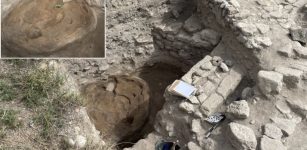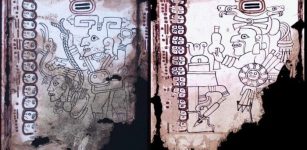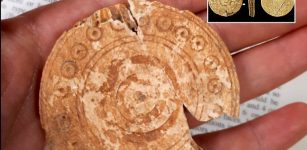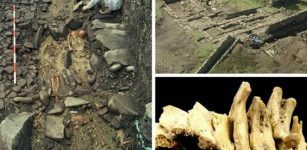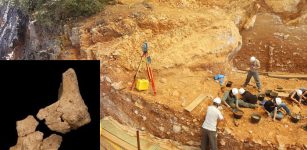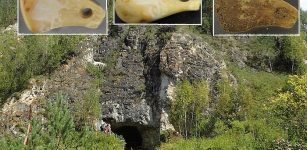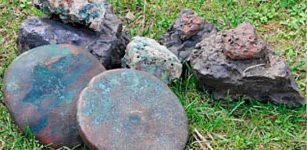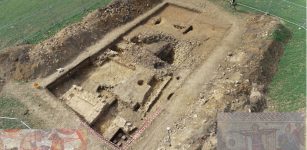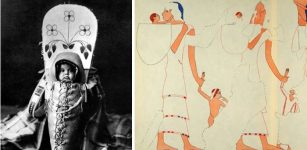Mysterious Jars In Laos – Long-Lasting Mystery Is Still Unsolved
Conny Waters - AncientPages.com - The jars of Laos are long-lasting mystery. No one was ever able to establish how these enigmatic artifacts got onto the plain, nor what purpose they once served.
It's important to mention that similar very large stone jars were found in Sa Huynh in Vietnam and also in the North Cachar Hills of northeastern India, more than 600 miles to the northwest, had roughly the same design and dimensions as the urns in Laos.
As many as fifteen new sites in Laos containing these 1000-year-old massive stone jars possibly used for the dead, were discovered by archaeologists.
The jars of Laos are one of archaeology's enduring mysteries. Experts believe they were related to disposal of the dead, but nothing is known about the jars' original purpose and the people who brought them there.
The new finds show the distribution of the jars was more widespread than previously thought and could unlock the secrets surrounding their origin.
See also:
Mysterious Gigantic Jars Of Unknown Origin Discovered Worldwide
The sites, deep in remote and mountainous forest and containing 137 jars, were identified by ANU Ph.D. student Nicholas Skopal with officials from the Lao government.
"These new sites have really only been visited by the occasional tiger hunter. Now we've rediscovered them, we're hoping to build a clear picture about this culture and how it disposed of its dead," said Mr Skopal.
ANU archaeologist Dr. Dougald O'Reilly co-led the team that made the discovery. He said the new sites show the ancient burial practices involving the jars was "more widespread than previously thought".
 Megalithic jars in forest. Credit: ANU
Megalithic jars in forest. Credit: ANU
"It's apparent the jars, some weighing several tonnes, were carved in quarries, and somehow transported, often several kilometres to their present locations," Dr. O'Reilly.
"But why these sites were chosen as the final resting place for the jars is still a mystery. On top of that we've got no evidence of occupation in this region."
This year's excavations revealed beautifully carved discs which are most likely burial markers placed around the jars. Curiously, the decorated side of each disc has been buried face down.
Dr. O'Reilly said the imagery on the discs found so far included concentric circles, pommels, human figures and creatures.
"Decorative carving is relatively rare at the jar sites and we don't know why some discs have animal imagery and others have geometric designs," Dr. O'Reilly said.
 Disc decorated with concentric rings. Credit: ANU
Disc decorated with concentric rings. Credit: ANU
Among typical iron-age artefacts found with the burials—decorative ceramics, glass beads, iron tools, discs worn in the ears and spindle whorls for cloth making—one particular find piqued the researchers' interest.
"Curiously we also found many miniature jars, which look just like the giant jars themselves but made of clay, so we'd love to know why these people represented the same jars in which they placed their dead, in miniature to be buried with their dead," Dr. O'Reilly said.
"We've seen similar megalithic jars in Assam in India and in Sulawesi in Indonesia so we'd like to investigate possible connections in prehistory between these disparate regions."
Written by Conny Waters – AncientPages.com Staff Writer


